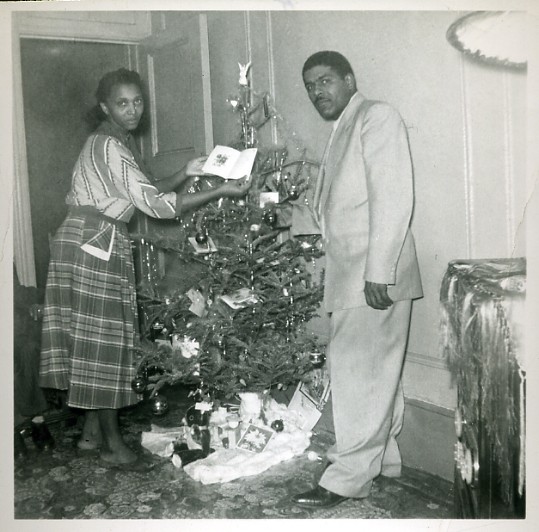
A BOB JONES MAGAZINE ILLUSTRATION FOR TODAY
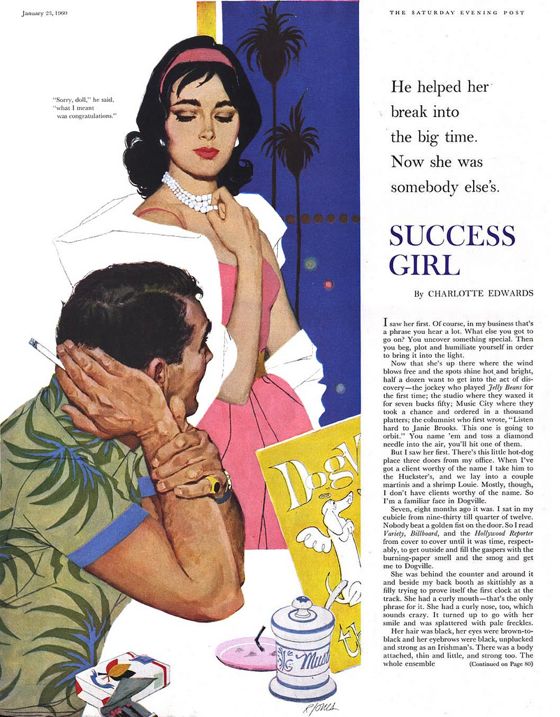
HO! HO! HO!

ROLL UP!
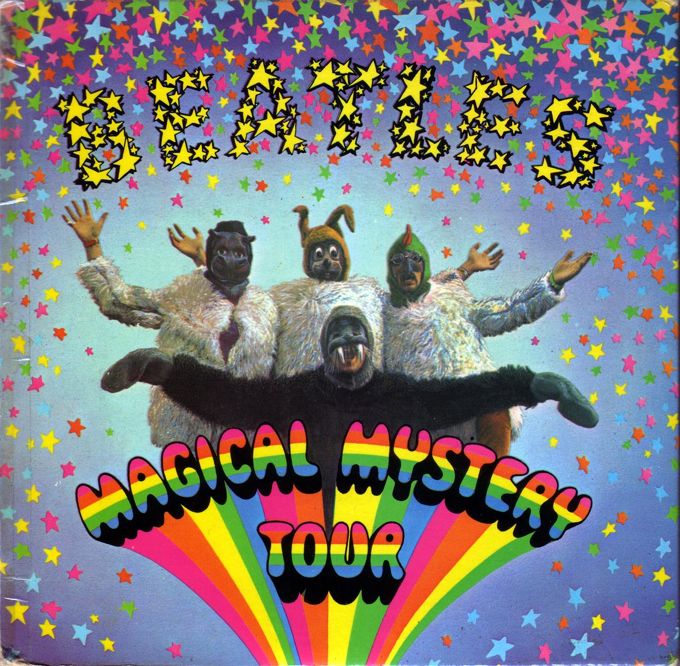
AN ALBERT DORNE FOR TODAY
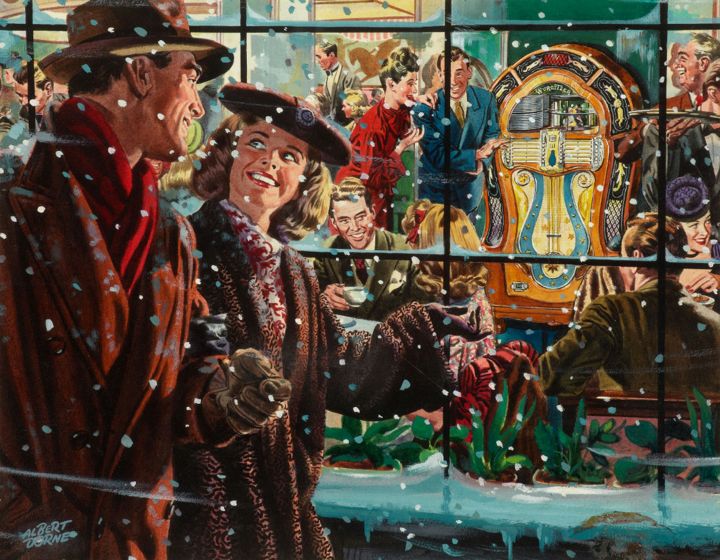
SOMETIMES
. . . I like to fall asleep right next to the Christmas tree, with the scent of its needles wafting me off to dreamland!
A CHARLES ZINGARO FOR TODAY
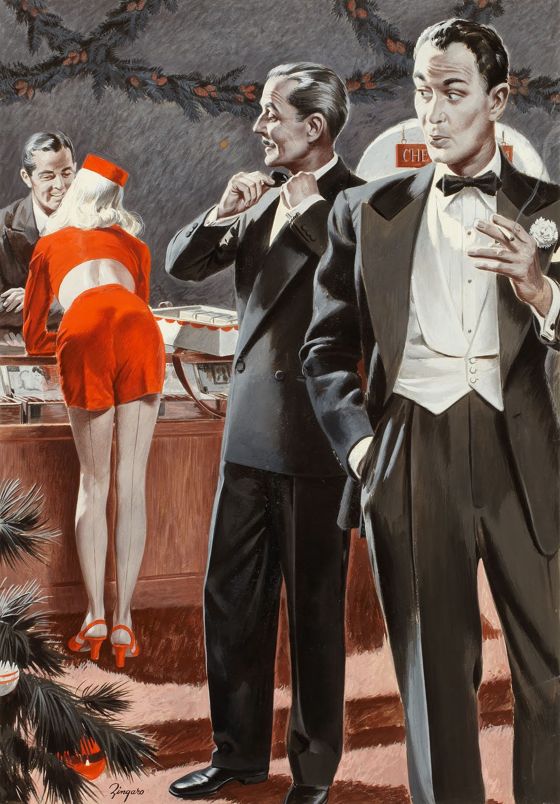
“Admiring the Bell Hop” — Argosy magazine.
GALLANTRY
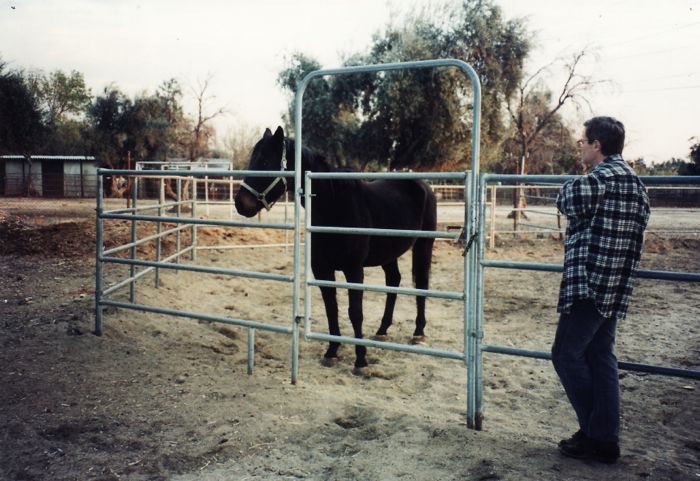
My beloved horse Rienzi, of blessed memory — as good a friend and as wise a mentor as I have ever had.
He was a thoroughbred, originally called Zorro, who had no success at the track and ended up with the Los Angeles Police Department, where he was abused. My friend Kevin Jarre bought him to ride while directing the movie Tombstone, but decided he needed a more spirited animal and then gave Rienzi to me when he took on the project of teaching me how ride. I would say that Rienzi had plenty of spirit, but didn't care to show it except on special occasions.
After his experiences with the LAPD he was forever surprised by kindness from any human being and returned the kindness many time over. He was a gallant creature who loved to run very, very fast, but infinitely patient with this amateur horsebacker who couldn't always handle the speed.
I think about him all the time.
NOTHING SAYS CHRISTMAS

. . . like a naked lady wearing a Santa hat.
HARRY AND LLOYD
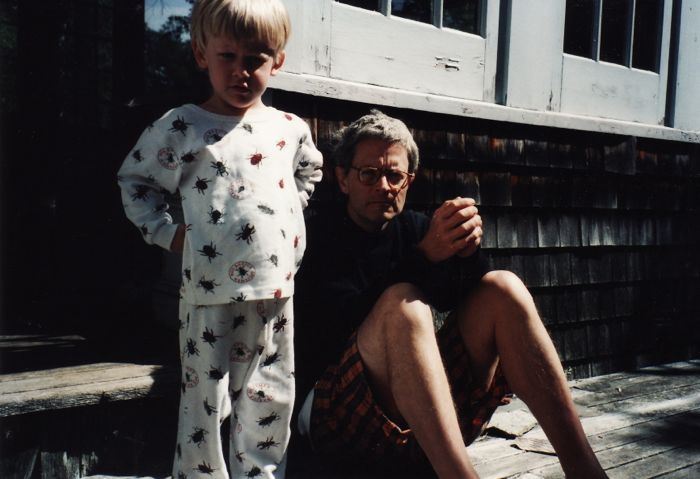
. . . make a fateful decision — no more Mr. Nice Guy!
OCCUPY

We heard a lot about hope from Barack Obama three years ago, but hope is where you find it, and you never find hope without courage.
THE MYSTERIES OF VINYL
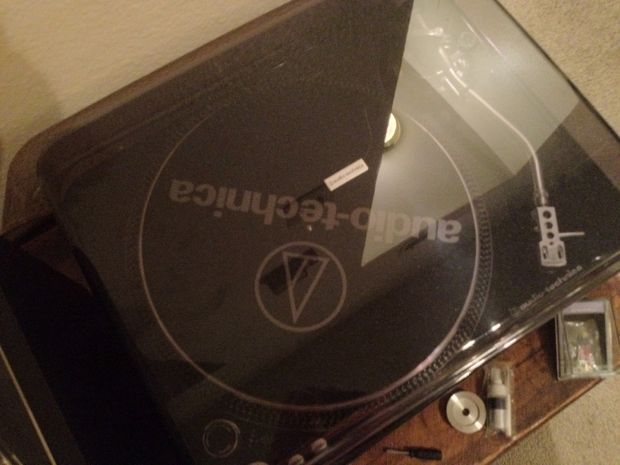
I recently got a new turntable — I'd been without a functioning one for
about 25 years, long enough, I reckon, to give me some perspective on
the experience of spinning vinyl.
I've heard people say that you can't really appreciate the superiority
of vinyl sound over CD sound except on audiophile equipment, but it's not
true. I have a decidedly non-audiophile music system and if I listen to a CD
after playing a couple of records I notice a difference immediately.
The CD sounds thinner, especially on the high end of the sonic range.
The ability to transmit the high end of a recording in warm, round tones
is what vinyl does best. And all across the sonic range it imparts a
presence to the music that a CD just can't.
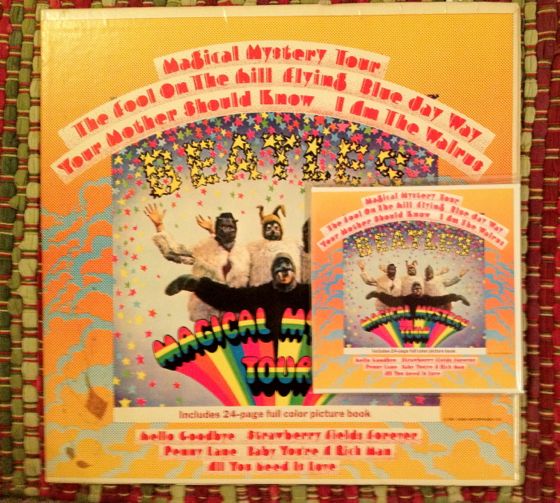
CD mastering has improved dramatically in recent years. You can hear
the improvement best by comparing the first CD versions of the Beatles
albums with the new remasters. With the remastered CDs there's a marked
difference in the roundness and warmth of the tone. They almost sound
like vinyl — but not quite . . . and again it's in the high end of the
range that you notice the difference most clearly. When John and Paul
hit their high notes, their voices take on a slightly freeze-dried
quality.
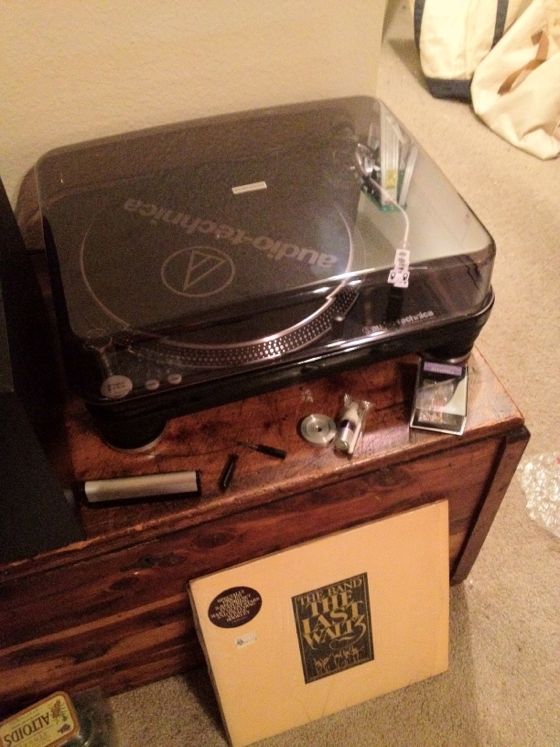
The other aspect of spinning vinyl has to do, of course, with the ritual
of the thing. Pulling a record out of its sleeve, cleaning it, being
careful to set the needle down on it without harming either the needle
or the disc, getting up to flip the record over when one side is done —
these things put you in a certain specific state of mind. It conditions you to think of the disc as a precious object, and the music you're going to listen as special — an event.

I adore the convenience of having tons of music on my computer and
portable devices. It allows me to listen to more music, and more varied
music, than I otherwise would. (Twenty-four hours worth of Christmas music is still not quite enough for me.) But spinning vinyl encourages me to
listen to music more selectively and carefully than I otherwise would.
I'd never go back to black exclusively, but I also don't ever want to be without it again.
POWER
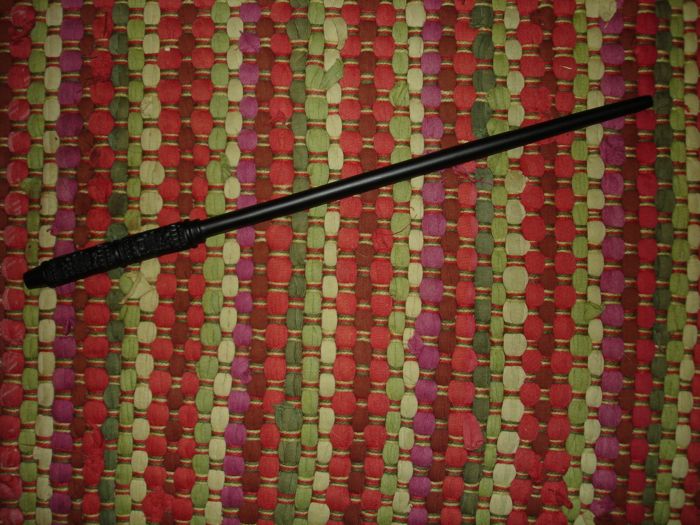
My niece Nora, currently studying at Hogwarts, gave me this handsome wizard's wand. I know I must use it for good and not evil, but sometimes it's hard to restrain myself. Lapses of moral judgment are possible. A word to the wise — if you're an attractive young woman and start to get inappropriate feelings for older men, please ignore them.
POISED
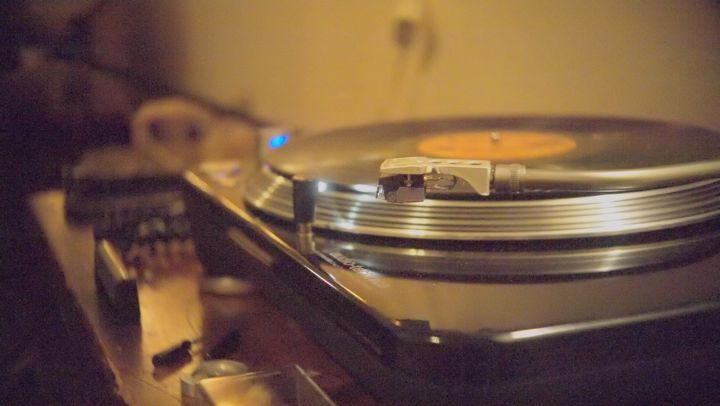
My friend Jae Song took the image above with a new camera system he's just put together — an Olympus E-P1 digital body, two years old, fitted, using an adapter, with a Kern Switar 25mm 1.4 C-mount lens, about fifty years old. The legendary lens, small, ruggedly-built and sensitive, was originally made for Bolex 8mm movie cameras and won't work with a digital camera which has too large of a chip, because it causes excessive vignetting. There are a number of digital cameras with chips small enough to accommodate a lens like this Kern Switar — Jae chose the 2009 Olympus because of its solid construction and retro body design.

The combination makes for a distinctive and to me quite wonderful look — quirky in the way that old lenses used to be quirky, each handling light and focus in a slightly different way. Jae thinks that this has to do with subtle flaws in the glass, which modern manufacturing methods tend to do away with. (The Olympus will also take impressive videos in 780p HD — go here for an example.) In any case, the look seems to harmonize well with the vintage technology of a turntable.
SMiLE
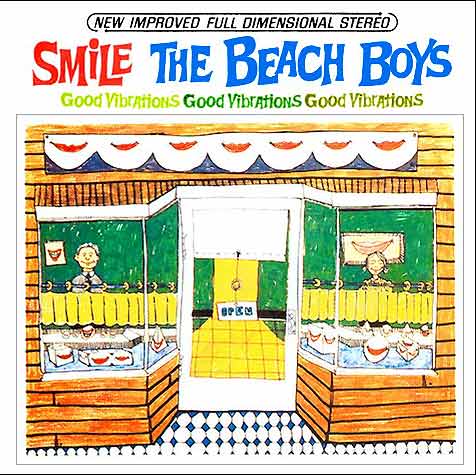
In re what's left of SMiLE, Brian Wilson's abandoned recording project for The Beach Boys from 1966-67, we stipulate to the following:
1) It is conceptually incoherent, at least from a rational point of view. It is probably not conceptually incoherent because it was abandoned before completion — it was probably abandoned before completion because it had no conceptual structure. Such a work could not by definition ever be completed. Wilson was working with some fuzzy ideas about what he wanted the album to be, but proceeded largely by feel.
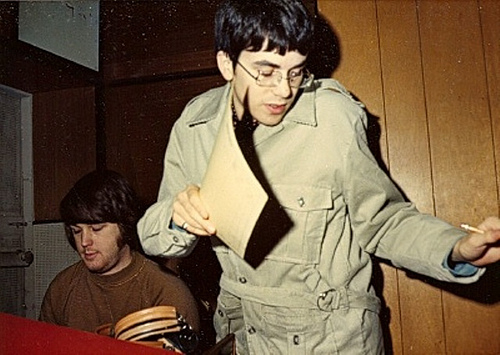
2) The lyrics, mostly by Van Dyke Parks (above), are uneven. Some are brilliant, some are overly precious, some are embarrassing.
But we find, after careful listening, that the following propositions are also true:
1) SMiLE is a great work of art, a masterpiece, and like nothing else in the history of American music . . . well, since Charles Ives, anyway. In Ives's work, Holiday Symphony, for example, Wilson could have found a workable intellectual rationale for what he was doing — a kind of collage strategy, with discrete passages of music connected to each other by the associations of memory (as well as the whims and tastes of the composer.) For all the musical influences coursing through SMiLE, though, I doubt if Wilson listened much to Ives, whose intellectuality and dissonance would not have appealed to him.
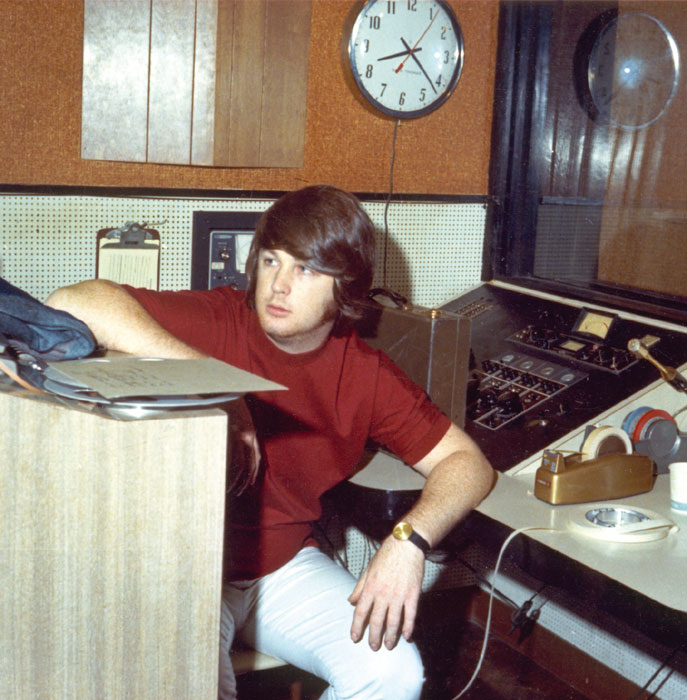
2) There is a coherence to SMiLE which derives from the sheer beauty and audacity of the music, and the logic of Wilson's own ear — the clear, utterly sensible flow of Wilson's joy in music, of every kind, from hymns to doo-wop. It's all unified further by the magical harmonies Wilson conceived for the voices of The Beach Boys. He recorded the vocal parts over and over again, trying to get the transcendent effect he was after — that little bit of magic beyond the sweet sounds that would constitute a proper musical offering . . . to God, as he saw it. He wanted SMiLE to be a musical offering to God.
3) SMiLE is a musical offering to God, of the best Wilson felt was inside himself. He wanted it to be more than he could realize at the time, but it's enough, as it is — a worthy offering.

4) Because the music is modular, built of passages connected to each other mostly by feel and intuition, it's possible to listen to the studio outtakes with the same pleasure and sense of discovery one has when listening to the reconstruction of the proposed whole. The musical passages are brilliant tesserae that can be combined into any number of mosaic patterns — each of which offers a different and wondrous new image.
